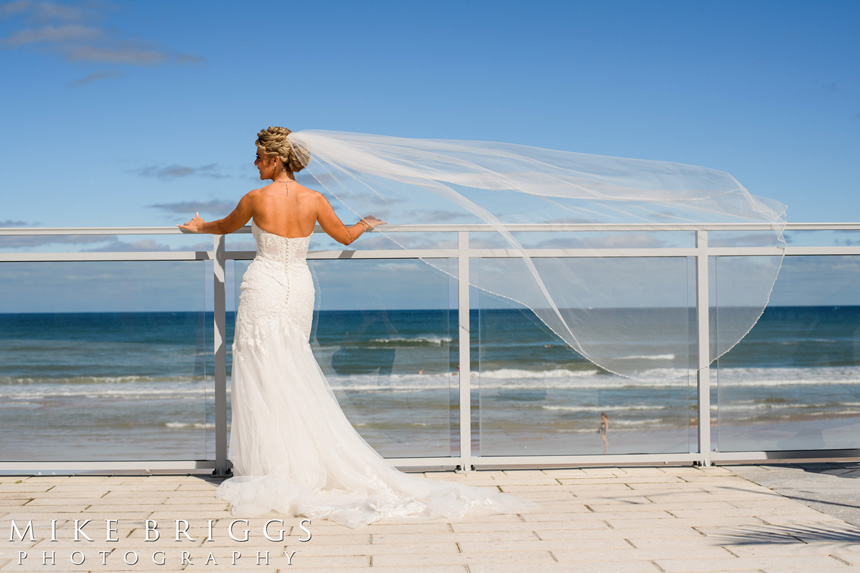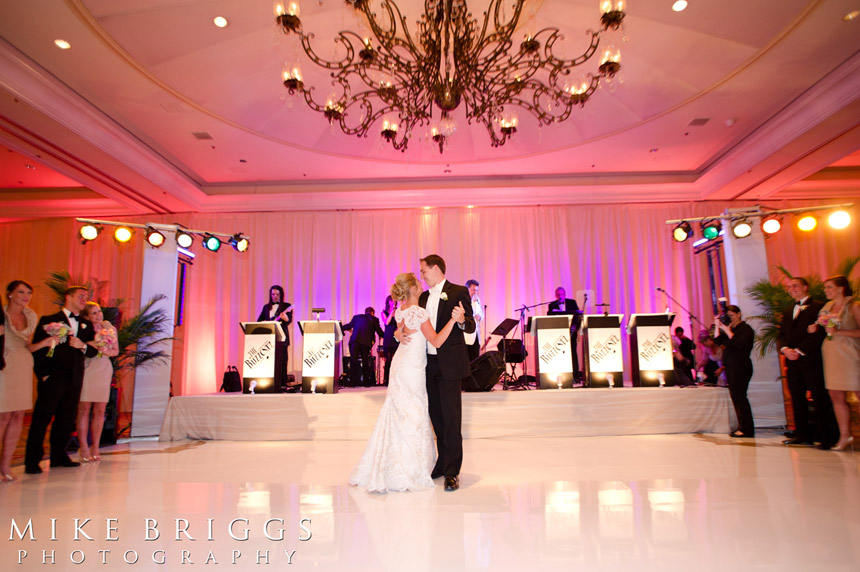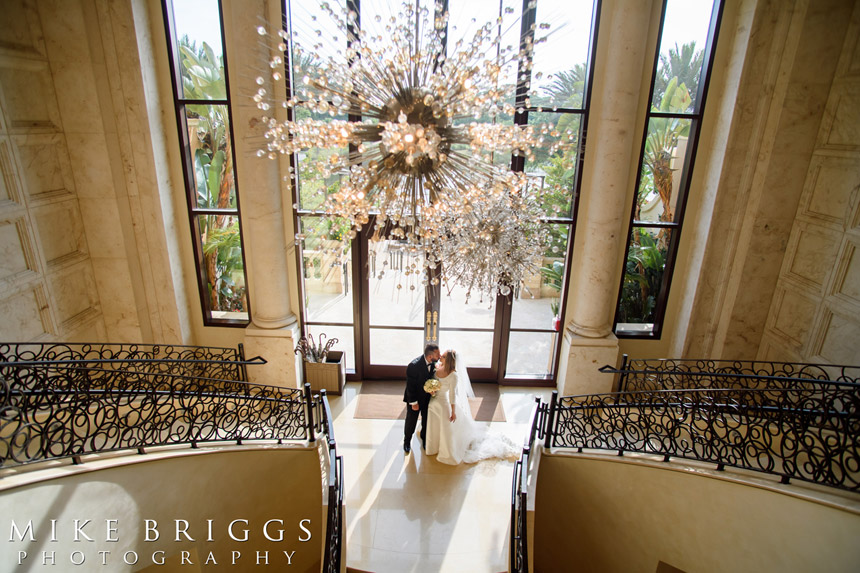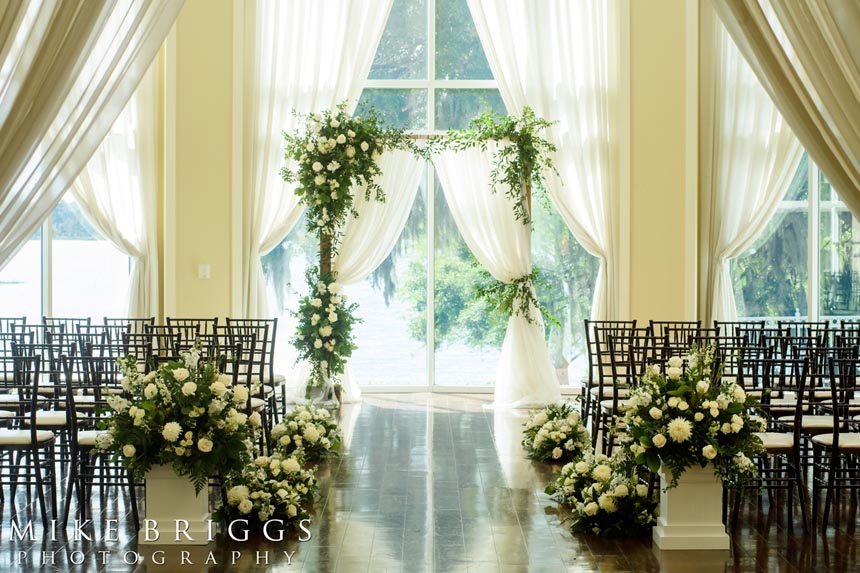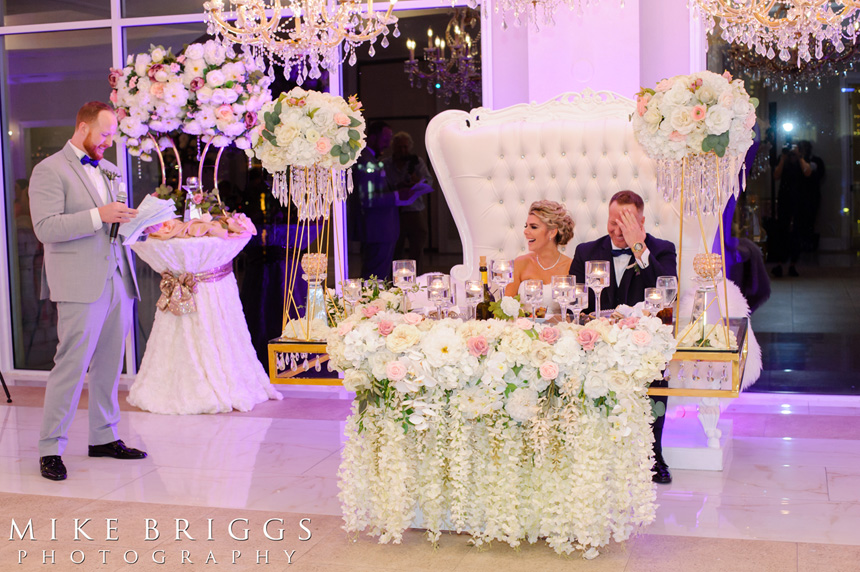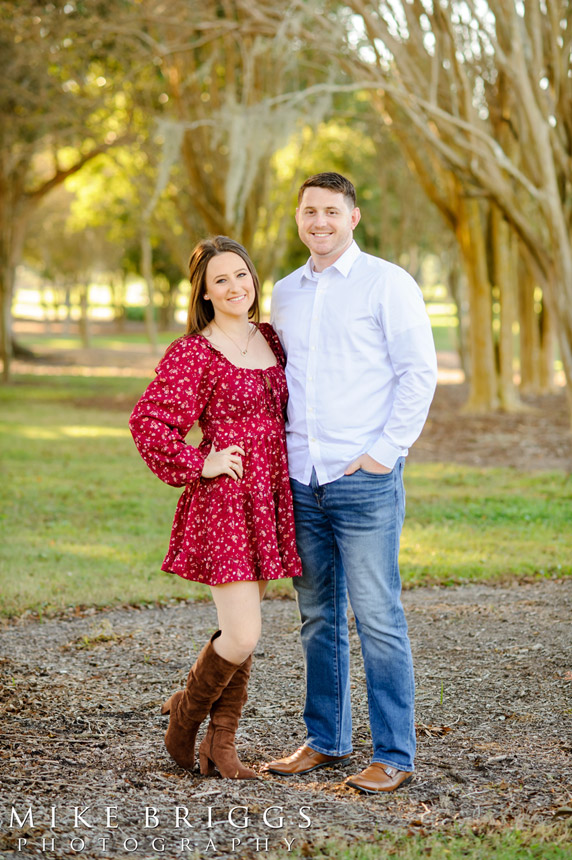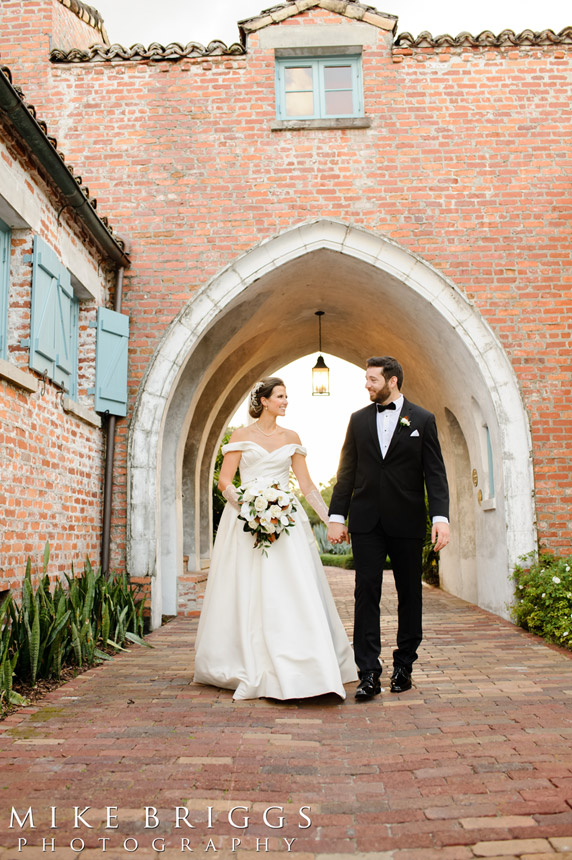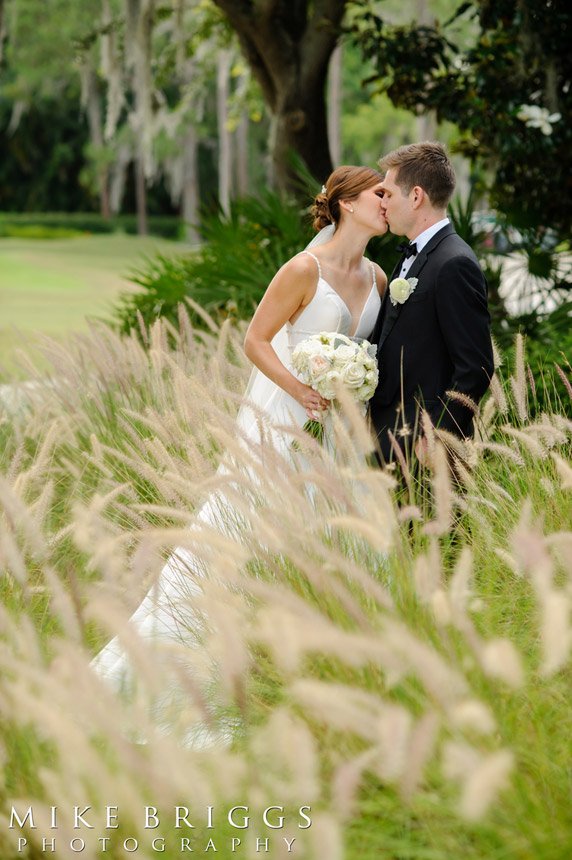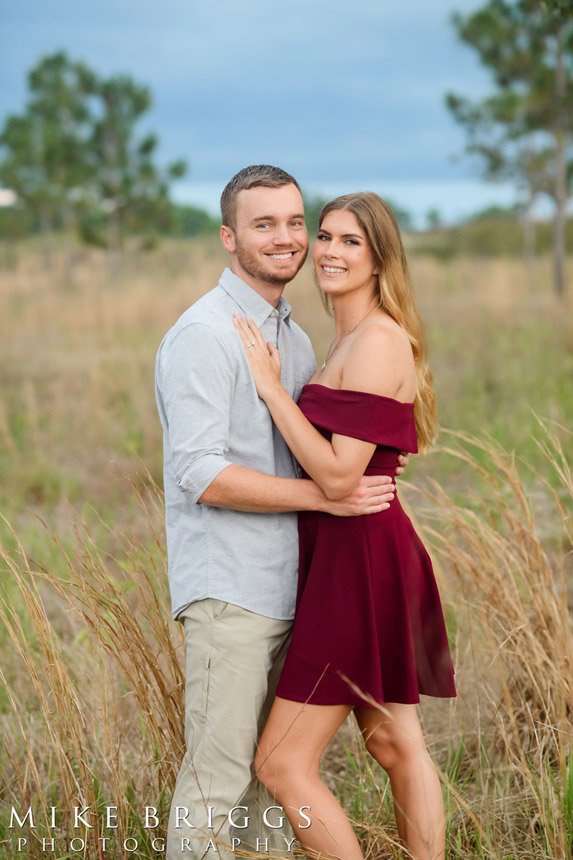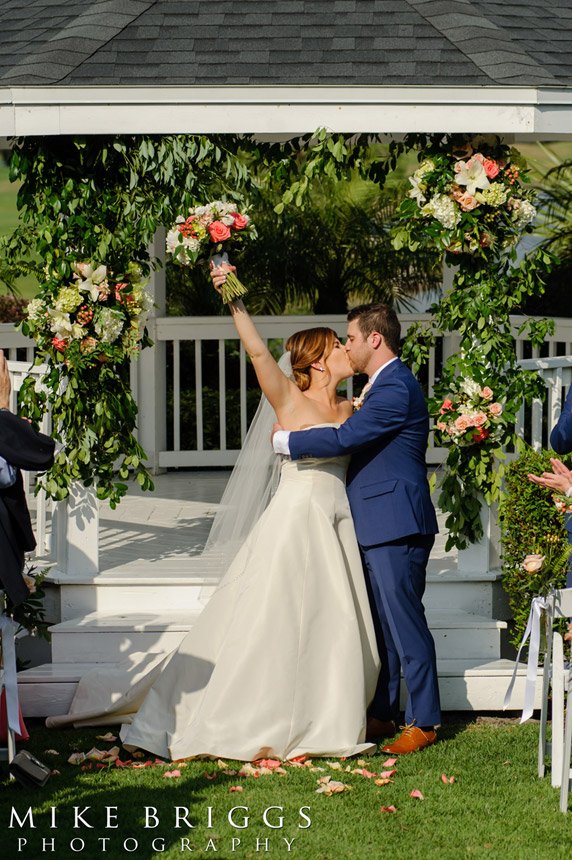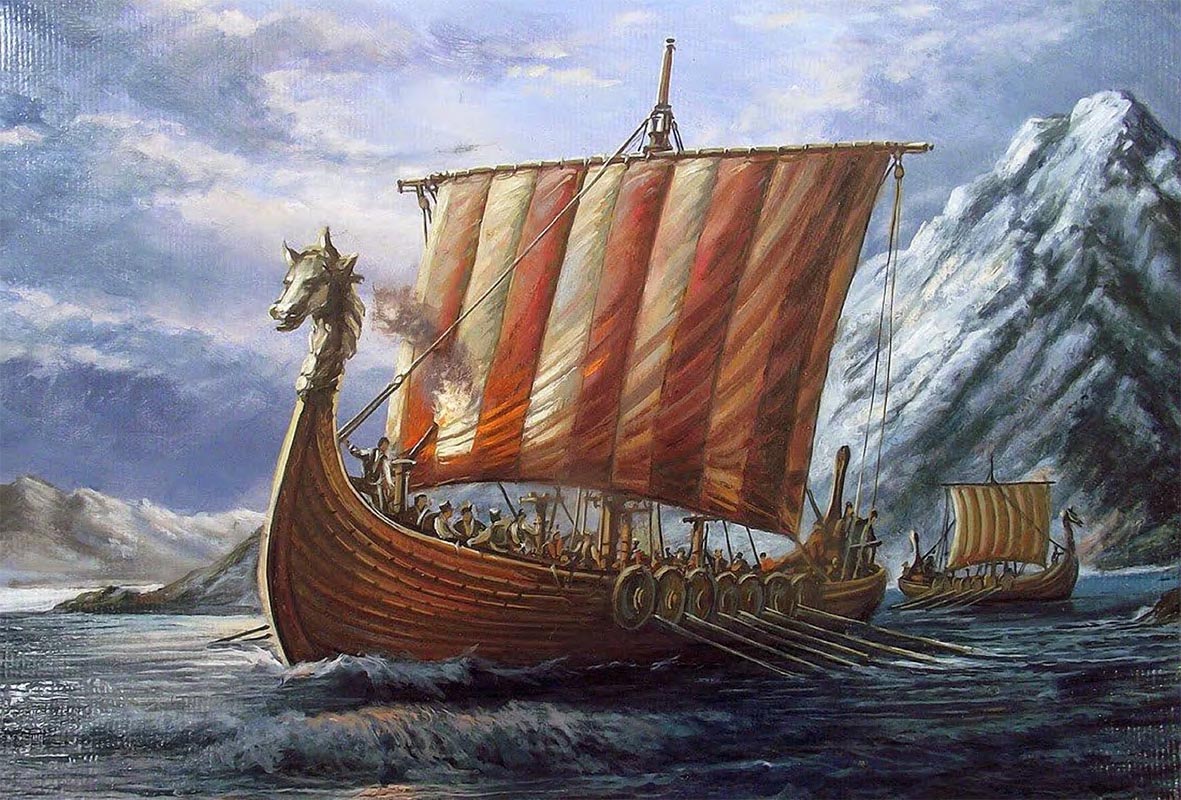
Viking Wedding Traditions: The Complete Guide to Ancient Norse Nuptials
Viking wedding traditions are filled with history, symbolism, and a deep connection to Norse mythology. Whether you’re a couple planning a Viking-themed wedding or simply fascinated by the rich cultural heritage of these seafaring warriors, learning about these traditions can add unique meaning to your ceremony. In this article, we’ll explore the difference between Norse and Viking customs, take a deep dive into historical wedding practices, and answer some of the most commonly asked questions surrounding Viking weddings.
What is a traditional Viking wedding?
A traditional Viking wedding was much more than just a celebration of love. It was a social and legal contract between two families. While love might have played a role, marriages in Viking society were often arranged to strengthen alliances, secure property, and build wealth. The bride and groom were both seen as essential parts of a larger community, and their union was viewed as beneficial not just to them but to their families and kin as well.
These weddings were deeply symbolic and often filled with religious elements. Central to the Viking wedding ceremony was the belief in honoring the gods, particularly those associated with fertility, family, and war, such as Freyja, Thor, and Odin. Traditional ceremonies were held outdoors, typically during the summer when travel was easier for guests.
Viking Wedding Attire
What you wear in a Viking-themed wedding can be as important as the rituals themselves. Historically, a Viking bride would wear a flowing dress, often made from linen or wool, and might also don a symbolic bridal crown. The groom would wear a tunic or Viking wedding suit, usually made of wool or leather, accompanied by a cloak fastened with a brooch. Both might have worn belts, a common element of Viking attire, symbolizing the binding of two lives together.
Viking wedding clothes were often dyed in rich, earthy tones, and adorned with accessories made from bone, bronze, or even silver, depending on the family’s wealth. These garments would not just showcase the couple’s social status but would also be worn to honor the gods during the ceremony.
What was marriage like for the Vikings?
For the Vikings, marriage was primarily seen as a way to forge strong family ties. A wedding would begin with negotiations between the families, particularly focusing on the bride price (mundr), which was a sum of money or goods given by the groom’s family to the bride’s family as part of the marriage contract. This was not seen as buying the bride, but rather as compensation for the loss of her labor and a way to guarantee her future security.
Once the bride price was settled, preparations for the wedding could begin. The celebrations would usually last for several days and involve the entire community. There would be feasting, drinking, and perhaps even combat competitions to demonstrate the groom’s strength and worthiness.
Importantly, women in Viking society had considerable rights, particularly in comparison to other medieval cultures. While marriages were often arranged, Viking women could divorce their husbands and retain control over their own property.
What are the vows of the Vikings wedding?
In Viking tradition, vows were less about formalized words and more about actions and promises that reflected the values of honor, family, and strength. The couple would exchange swords, symbolizing the protection they would offer each other. A common practice was also the exchanging of gifts, which could include valuable heirlooms, weapons, or land rights. These gestures were a commitment to loyalty, mutual respect, and support.
The vows were more about the binding of two lives and families rather than a modern, romanticized notion of love. The couple promised to stand by each other through life’s challenges, to protect their kin, and to uphold the honor of both their families.
Did Vikings use rings in marriage?
Interestingly, the use of rings in Viking marriages was not as common as it is today, but some sources suggest that rings may have played a symbolic role, particularly for wealthy families. More commonly, though, Viking couples exchanged swords or other items of personal and familial significance. However, for couples planning a Viking-themed wedding today, rings are often incorporated to symbolize the eternal bond between husband and wife, as in modern ceremonies.
Viking Wedding Gifts
Gift-giving was a significant part of Viking wedding traditions. Gifts were exchanged not only between the bride and groom but also among their families. These could range from weapons and land to livestock or household goods, meant to help the couple start their new life together. The idea behind these gifts was to provide the couple with resources that would ensure their prosperity and the growth of their new household.
Traditional Viking Wedding Ceremony Rituals
A Viking wedding ceremony was steeped in symbolism and tradition, with rituals meant to honor both the couple and the gods. A common tradition was the blót, a sacrifice to the gods to bless the union. Animal sacrifices, typically a goat or horse, were made to ask for fertility, prosperity, and protection from the gods.
One key aspect of the ceremony was the brúðkaup, meaning “bride purchase” but referring to the formal union of two families rather than a literal sale. During the ceremony, the bride and groom would exchange swords as a symbol of their shared strength and responsibility to protect each other and their new family.
Norse Handfasting Ceremony
The Norse handfasting ceremony was another popular tradition, often adopted in modern Viking-themed weddings. In this ritual, the bride and groom’s hands were bound together with a cord, symbolizing the binding of their lives and fates. This practice has parallels in other ancient cultures and is now a popular element in pagan and Viking-inspired ceremonies.
What are some Wiccan and Norse wedding rituals?
Wiccan and Norse traditions overlap in several areas, particularly in their reverence for nature, the elements, and ancient gods. Wiccan rituals, like the handfasting ceremony, are commonly incorporated into Viking-themed weddings. In Wiccan tradition, a couple may call upon the four elements—earth, air, fire, and water—to bless their union, while in Norse mythology, couples might invoke gods like Thor, the protector of families, or Freyja, the goddess of love and fertility.
Additionally, the sacred circle, often used in Wiccan weddings, can be combined with Norse symbolism. Couples might incorporate the runic alphabet or Viking symbols like the Valknut (symbol of Odin) into their ceremony space, invoking the protection and blessings of the gods.
Are Viking weddings trending?
Yes! Viking-themed weddings are becoming increasingly popular, especially among couples looking for unique, meaningful, and historically rich ceremonies. The appeal of Viking weddings lies in their dramatic symbolism, powerful mythology, and the sense of connection to ancient traditions. Viking aesthetics, from the rustic outdoor venues to the warrior-inspired attire, lend themselves to visually stunning ceremonies that stand out from more traditional wedding formats.
Many modern couples are drawn to Viking weddings because of their emphasis on equality between the bride and groom, as well as the rich storytelling opportunities they provide. Whether it’s the exchange of swords, the invocation of the gods, or the historical attire, Viking theme weddings offer a distinctive way to celebrate love and union.
Viking Wedding Attire: What to Wear for an Authentic Look
Viking wedding attire is as bold and symbolic as the traditions themselves. For the groom, the typical Viking wedding suit or tunic would be made of wool or leather, often paired with a belt and cloak. Some modern couples opt for more elaborate Viking-inspired armor or custom-made tunics that feature knotwork designs or symbols like Thor’s hammer.
The Viking bride would typically wear a long dress, often with intricate embroidery or beadwork. A traditional bridal crown or headdress might also be worn, often made of bronze or adorned with symbols of the gods. Viking wedding clothes today often take inspiration from these elements, adding modern twists that still honor the past.
Viking Wedding Customs: Ceremonial Details
Viking wedding customs included several rituals aimed at ensuring the couple’s future happiness. The húsfreyja (housewife) role was of particular importance, symbolized by the passing of household keys to the bride during the ceremony, marking her new status in the household. This was not only symbolic of her new responsibilities but also a sign of the trust placed in her by both families.
Another interesting custom was the preparation of the brúðhlaup, or wedding ale. The groom was responsible for brewing a strong beer, and the wedding was not considered complete until both the bride and groom drank from the same horn of ale, a practice still embraced in modern Viking-themed weddings.
Norse Pagan Wedding Mythology
Norse mythology is deeply intertwined with Viking wedding traditions. The gods were called upon to bless the marriage, with particular emphasis on fertility and prosperity. Freyja, the goddess of love, was often invoked to ensure a harmonious union, while Thor was asked to protect the family. The couple might also include symbolic elements in their wedding decor, such as runes or depictions of Yggdrasil, the World Tree.
Viking-Themed Weddings: Bringing Ancient Traditions to Modern Celebrations
Incorporating Viking traditions into your wedding can be a meaningful way to honor the past while creating an unforgettable experience. From ceremonial swords to Viking wedding gifts, modern couples have a wealth of options to choose from. Whether you’re holding an outdoor ceremony by the sea or recreating an ancient hall, a Viking-themed wedding can make your special day truly unique.
Capturing your Viking-themed Wedding
If you’re planning a Viking-themed wedding, you’ll want to ensure that every detail is captured perfectly. Wedding photographers who understand the significance of Viking wedding traditions can help you immortalize your special day in a way that honors both the historical elements and the modern romance of your celebration. From the exchange of swords to the sacred handfasting, every moment is a story waiting to be told through the lens of your wedding photographer.

